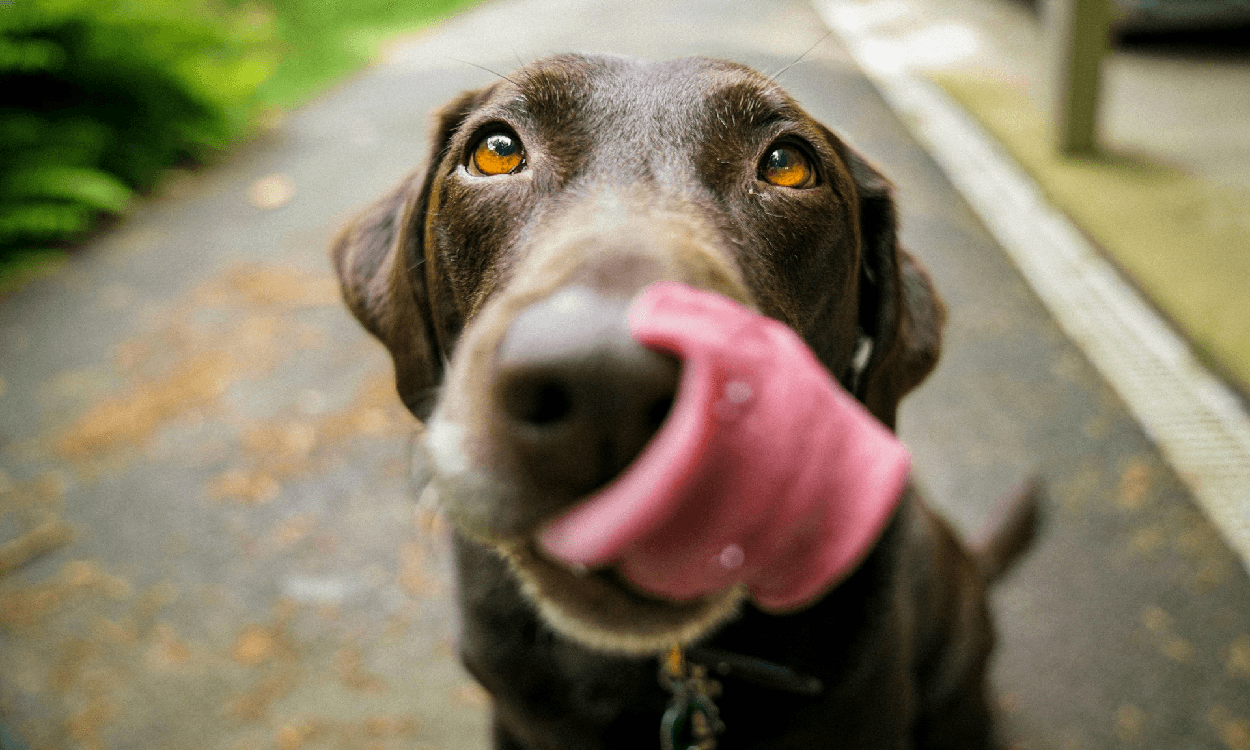
More and more people are seeking natural diets to make their dogs healthy and thrive. In fact, well over 60% of pet owners have an interest in feeding raw diets to dogs. The trend speaks for itself: raw feeding is on the rise, and for good reason! But is raw feeding good for your dog? Absolutely-and here’s why.
Raw feeding is not a fad; it’s going back to the basics in providing dogs with a diet closer to what their ancestors consumed in the wild. No matter how convenient, processed dog foods simply can’t replicate the rich nutrients found in raw meats, organs, and bones. Now, let’s investigate some real benefits and practical tips of raw feeding, exploring how this kind of approach can really change your dog’s health.
Benefits of Raw Feeding: Why It’s Great for Your Dog
Raw feeding is not all about cool dog bowls full of fresh meat. Real palpable health benefits come with raw feeding. Here are what you might expect when you are transitioning your dog onto a raw diet.
Healthier Skin and a Shinier Coat
There is probably nothing that the enthusiasts of raw feeding swear by as much as an evident improvement in their dog’s coat after this kind of diet. It contains essential fatty acids and oils, which in their raw state are abundant in meat, keeping the skin healthy, reducing itchiness, hence fashioning a good and sleek coat. Omega-3 fatty acids, mostly in meats such as fish or organ meats, also have an enormous role in reducing inflammation and enhancing coat quality. A very enviable scenario: just think about your dog sporting a soft, lustrous coat that everyone just wants to touch.
More Energy and Vitality
Haven’t you ever wondered how some dogs are full of energy and others just so slow? Well, raw feeding might just be that difference it takes. The energy in the dog is far more even with nutrient-dense foods that are not processed. While on the processed foods at times, spikes take place in the energy levels, then they crash, whereas on raw foods that natural source of energy is far more stable, equating to a much more engaging active playful dog.
Better Digestion
Many dogs find raw diets easier to digest. Without the fillers of corn, soy, or artificial preservatives, dogs process raw foods with greater efficiency. This may manifest itself in the way of smaller, firmer stools, which can be a sign of healthier digestion. This could also mean less gas and bloating, which cause many digestive problems for pet owners. Food allergies might also be reduced with a switch to raw, according to some owners.
Better Dental Health
Raw bones play a huge role in dental health: the action of chewing scrapes off plaque and tartar, naturally acting like a toothbrush. This can result in fresher breath, healthier gums, and fewer dental problems over time. Just be sure to avoid cooked bones, which can splinter and cause damage to your dog’s digestive tract.
How to Start Raw Feeding: Practical Tips
Thinking of going raw? Here’s how to transition your dog onto a raw diet safely and with good results.
Gradual Introduction
A sudden switch from kibble to raw diet causes digestive upsets. Gradually introduce the raw foods into your dog’s current diet. You may add a small portion of raw meat into one meal, increasing the portion of raw as you go. Your dog’s digestive system needs some time for an adjustment.
Balance
Raw feeding is not just chucking a slab of meat in their direction. It does take balance to make sure they get everything they need. Various raw meats, bones, and organs will go great, but some vegetables like carrots or sweet potatoes can go in for fiber. You may also want to consider adding in some supplements like fish oil to add more Omega-3 fatty acids into the food.
Know What to Avoid
Not all foods are safe for dogs on a raw diet, just like not all foods are safe on a commercial diet. Avoid bones that may easily splinter such as chicken bones, and toxic foods like onions and chocolate. Run anything you’re unsure of by a supportive veterinarian.
Buy Quality
When going raw, quality counts. Choose fresh, high-quality meats that are derived from appropriate sources. Often, the meat supply is sourced from area butchers or from suppliers that specialize in raw pet food so a pet owner can ensure her dog is only receiving the best. Quality ingredients definitely equate with better health benefits.
The Verdict: Is Raw Feeding Good for Your Dog?
In a nutshell, yes, raw feeding is good for most dogs if done right. Transitioning your dog onto a raw diet can bring on improvements in skin, coat, energy, digestion, and dental health. In fact, this is arguably one of the best proactive steps in giving them more natural and wholesome nutrition.
That being said, no two dogs are exactly alike, and not all dogs are suited for this raw feeding. Always consult your vet with major changes in the diet of your pet, especially if your dog has pre-existing conditions. If done correctly, a raw diet is one of the best ways to ensure that your dog will be healthy and happy for a long time.
So, raw feeding: good or bad for your dog? It is, indeed, for most, the key to a really healthy and spry life, and for most owners, well, isn’t that what all of us desire for our animals?
